Atomos CEO Trevor Elbourne has elaborated to PetaPixel regarding the company’s “World Class” 8K camera sensor the company has developed. This is a piece of big news. The sensor titled Sapphire is ready to be implemented inside cameras and owns impressive capabilities: 8K 60FPS, 4K 240FPS, HDR, 15-stops of dynamic range, and — a global shutter.
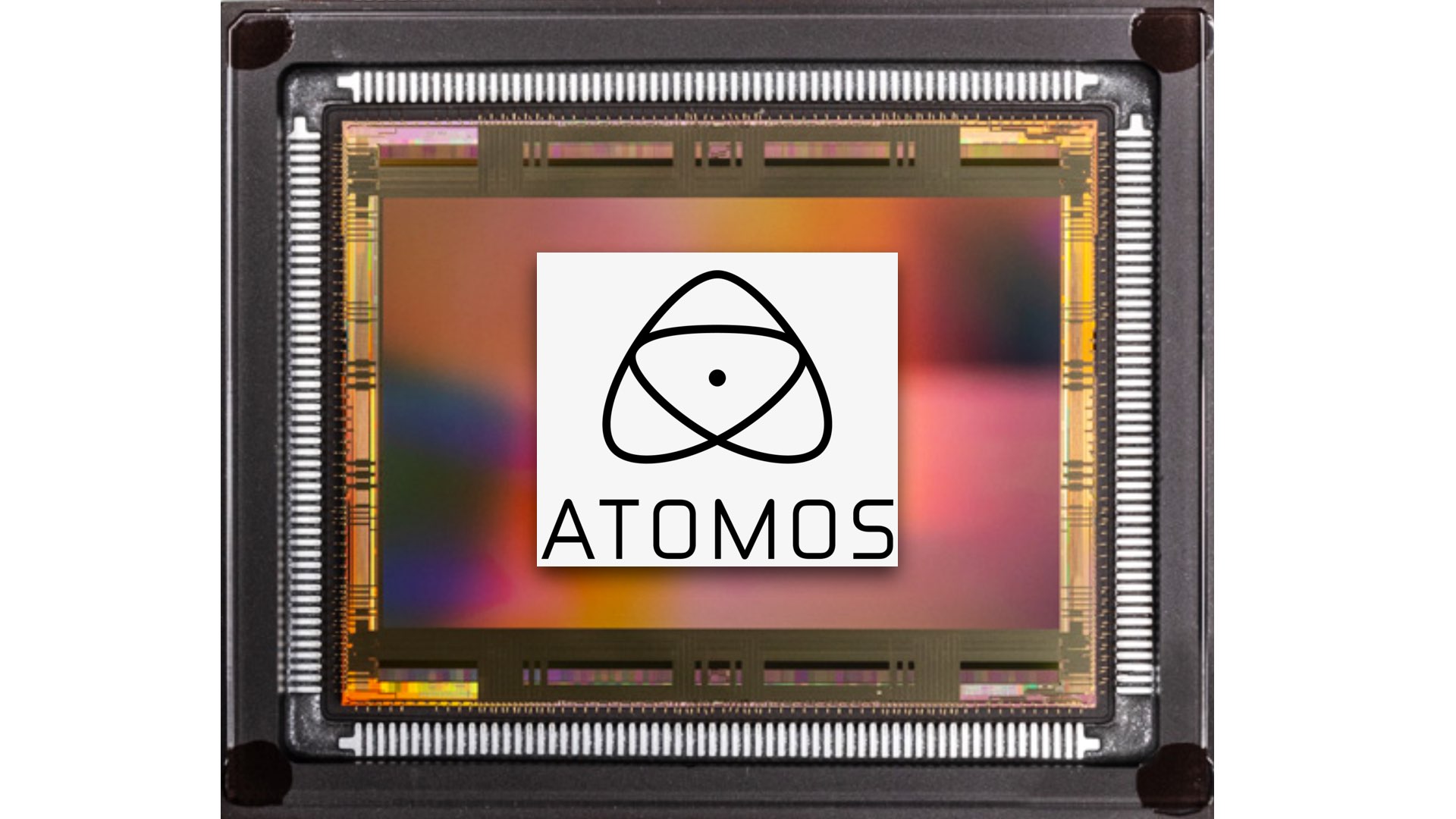
Atomos Sapphire 8K Global Shutter sensor
In an interview with PetaPixel, Atomos CEO Trevor Elbourne shed more light on the new and surprising announcement of the company. As we’ve reported previously, Atomos has developed an 8K “World Class” camera sensor, by utilizing technologies from the Grass Valley acquisition. It appears that the name of the sensor is Sapphire. Dry details: Sapphire is a 17×9, 8,192 by 4,320 pixels, a global shutter that can shoot full-frame 8K 60 FPS, 4K 240 FPS, and has 15 stops of dynamic range (HDR capabilities). These are very impressive abilities — on paper.
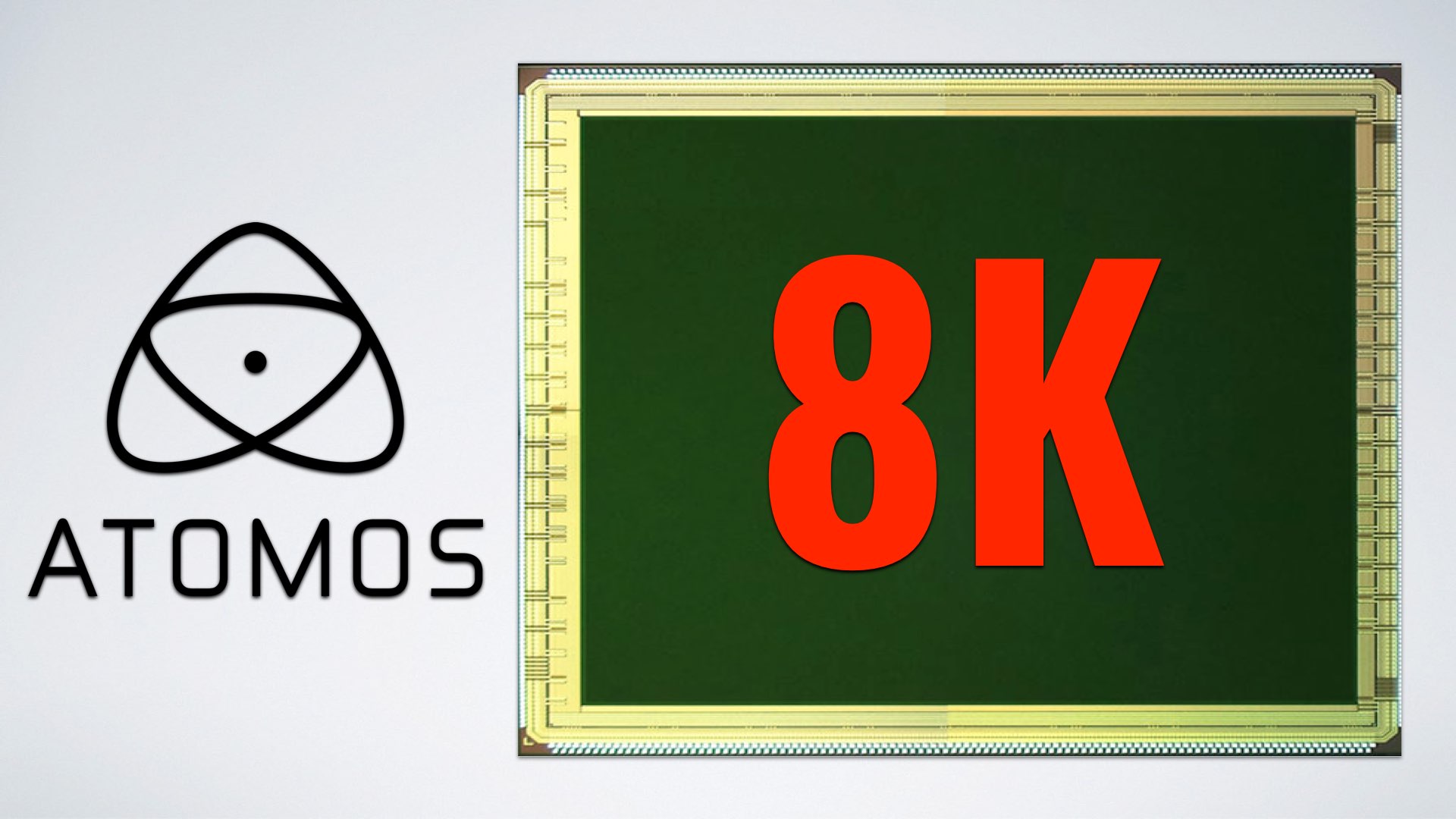
Reducing heat: A lesson learned from the Canon R5
One of the most important factors when designing a sensor is to find a way to reduce/mitigate the heat generated by the sensor. That was one of the main focused factors when developing Sapphire. As stated by Elbourne: “Across all the modes, including high-resolution 8K, we maintain full 12-bit ADC resolution across the entire operating range. Often you trade off ADC precision, but we don’t do that. That’s fairly unique. There is nothing that we are aware of that competes, particularly because the 8K global shutter and low power make it unique. This continues to be a real struggle for camera makers. We saw it very publicly when Canon released the R5. You can give more power to other features in the same form factor. Lower power gives you more design options”.
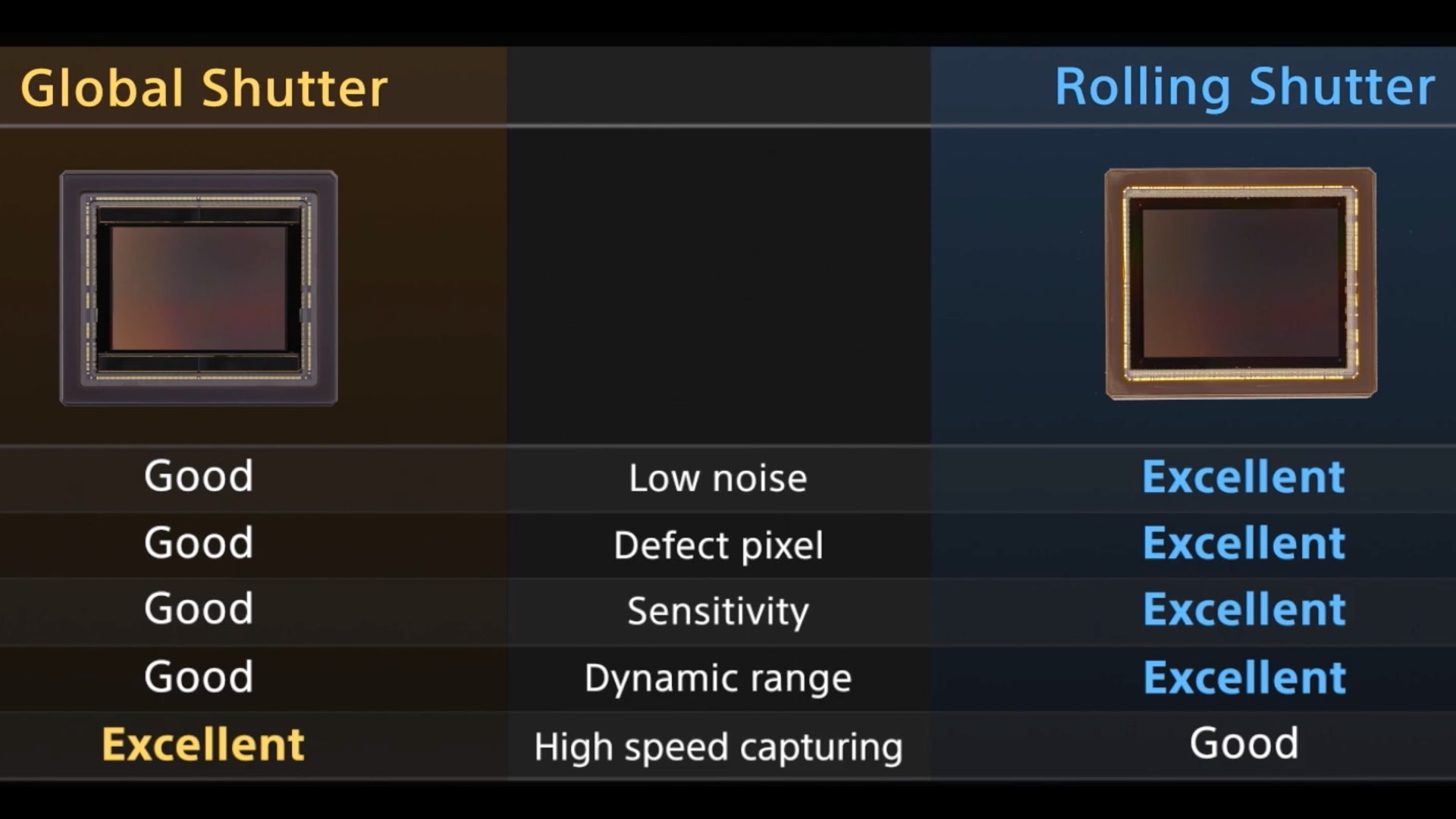
Sapphire was developed by Ex-Sony/Canon engineers
Elbourne continues: “We had all the right sort of tech, or a lot of the pieces, to go and put a camera together. We have our industrial design team, who are based in Tokyo and are all ex-Sony/Canon engineers who all have a background in this sort of work, and we have video processing and image processing capability. A lot of what we do in the Ninja and related products is very similar to what happens inside a camera, even more so now that we display RAW images on screen”.
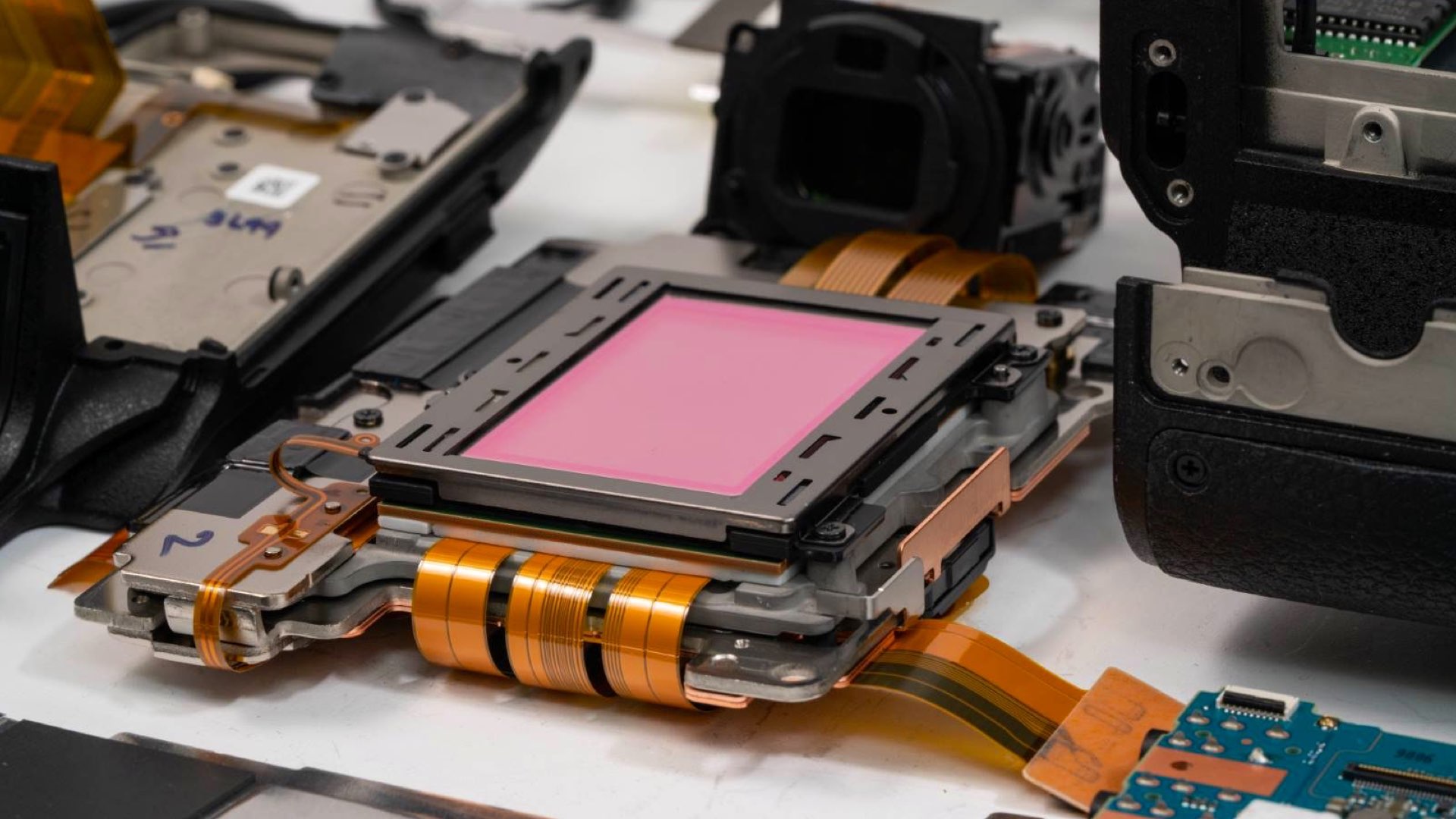
At first, Atomos wanted to design a cinema camera
Elbourne also mentions that at the beginning, the company planned to develop a cinema camera. However, it pivoted to commercializing the sensor. “Blackmagic was getting a lot of market momentum, and the opportunity for someone else to come in with a new camera that was doing very similar things and work in a similar market segment meant it was getting a bit crowded and we thought the opportunity was diminishing”, Elbourne says. “We thought we would end up with a good outcome by completing it and looking into other paths to commercialization outside of using the sensor in our own products. So we carried on with it to finish it off, and so that leads us to where we are, where the project is — from an engineering point of view — ready to go to commercialization”.
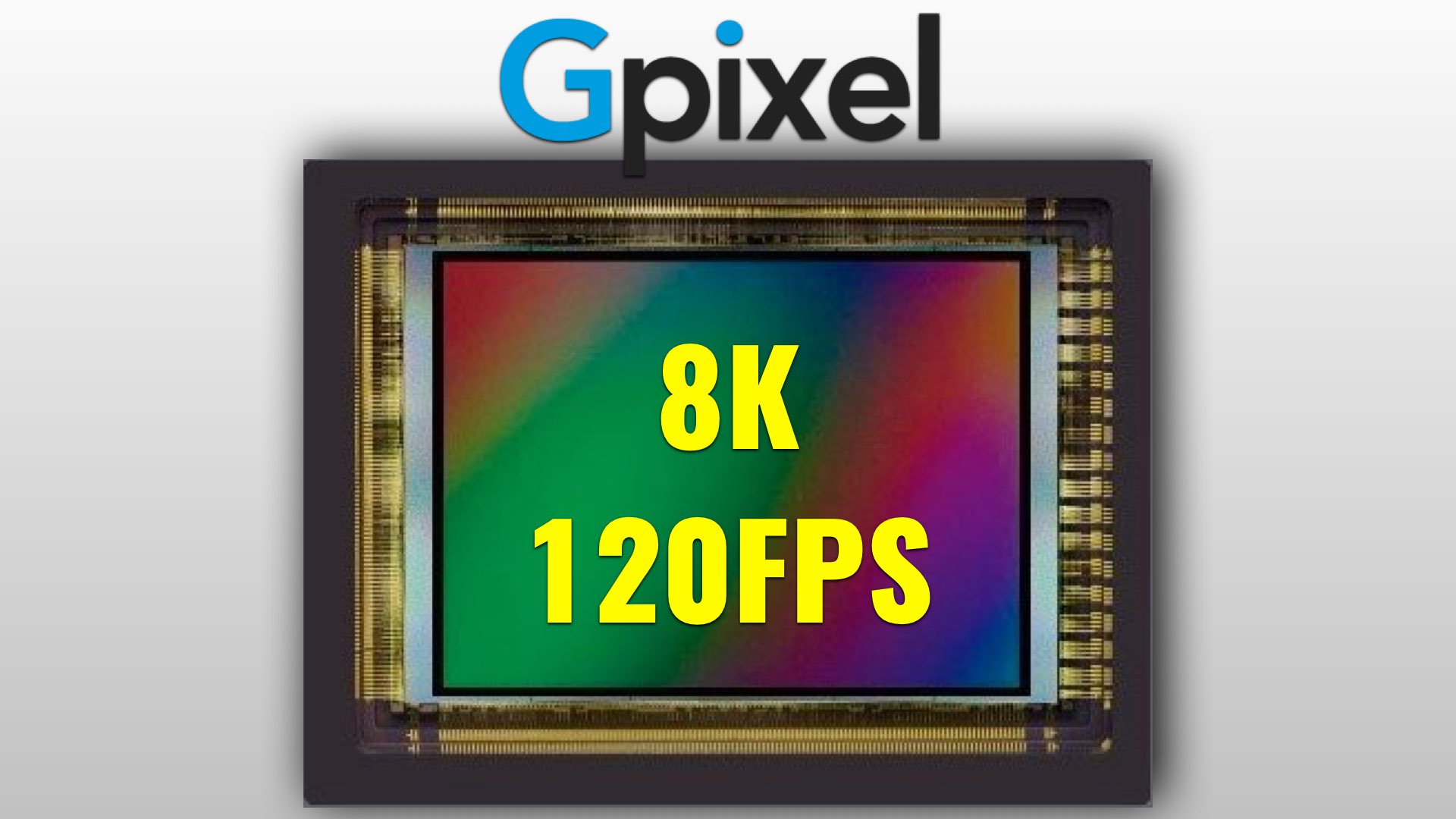
Designed by Atomos, but developed by 3rd party
The sensor is fully designed by Atomos and while the company doesn’t have its own fabrication facility, is partnered with one to produce the sensor now. As Elbourne states: “A lot of camera makers don’t really have access to cutting edge, state of the art sensors because if you’re a Panasonic, for example, how do you source these sensors? Well, you go to Sony. And you’re at the mercy of whatever Sony is going to provide to you…Sony doesn’t want Panasonic, ultimately, to make better cameras than they do… So It opens up the competitive market to camera makers who don’t necessarily have access to the latest and greatest”. If so, Sapphire was not developed by Sony or Canon. We’d say that OnSemi (ARRI’s 3rd party sensor manufacturer) is the fabrication company.

Initial thoughts/interpretation
According to Atomos’s CEO, the sensor was born as a byproduct, as the initial goal was to develop a cinema camera. That makes sense since Atomos has accumulated and patented almost all the knowledge needed to design a cinema camera from scratch. However, Atomos has decided to abandon that strategy due to an over-saturated market and focus on the most important and problematic part of a cinema camera. That would be the sensor. Atomos wants to be a neutral supplier of image sensors, as opposed to Canon and Sony. At this point, Atomos can be compared to Gpixel, which is also developing 3rd party sensors, some of them very impressive and own similar capabilities as Sapphire. Gpixel also has large format ultra high-resolution global shutter great sensors, which can be commercialized as well. Nevertheless, the main question would be the image quality that Sapphire can produce. Let’s wait for some test footage.
Finally, we’d like to thank and credit PetaPixel for investigating this new sensor by interviewing Atomos’s CEO.


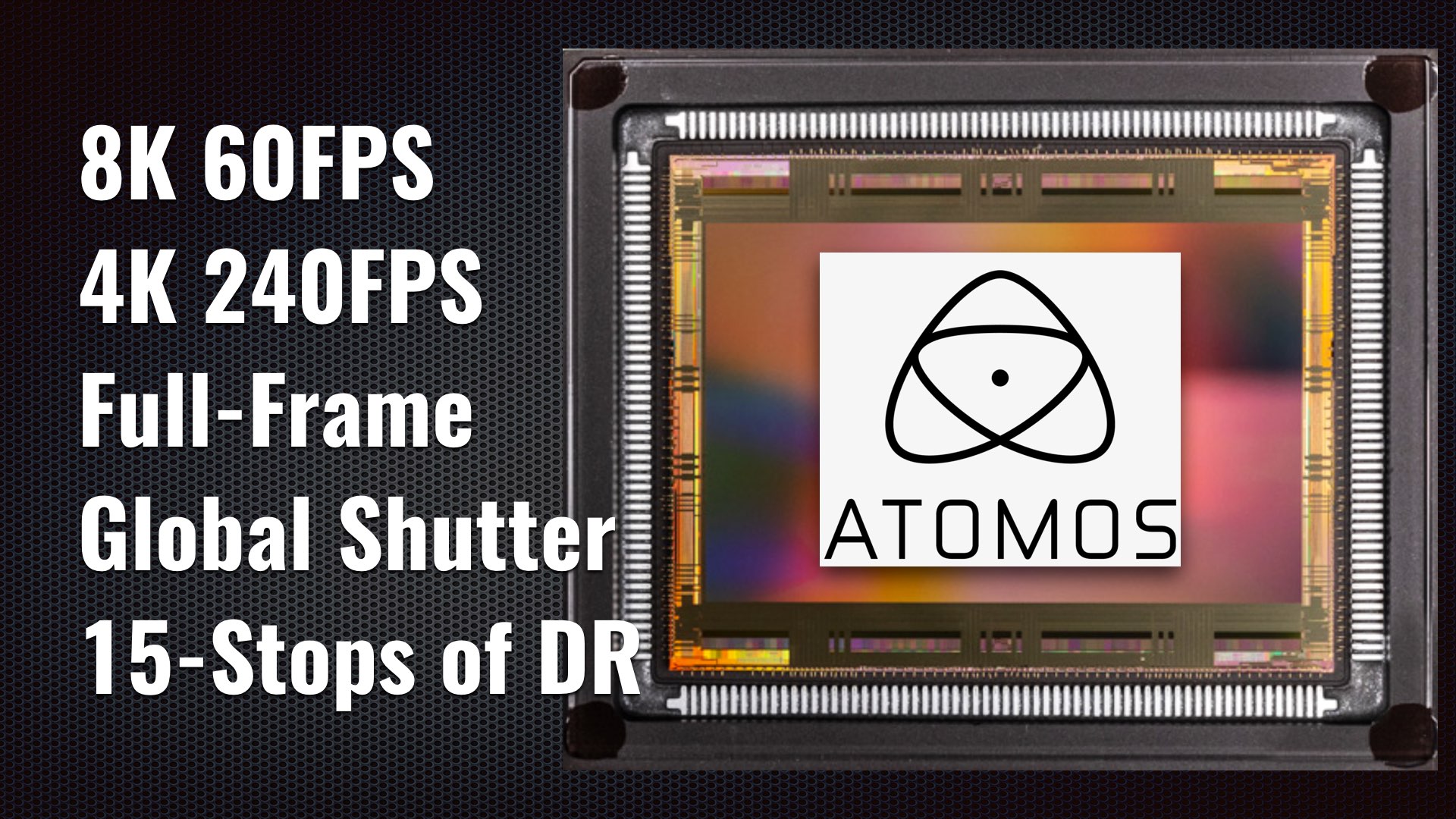


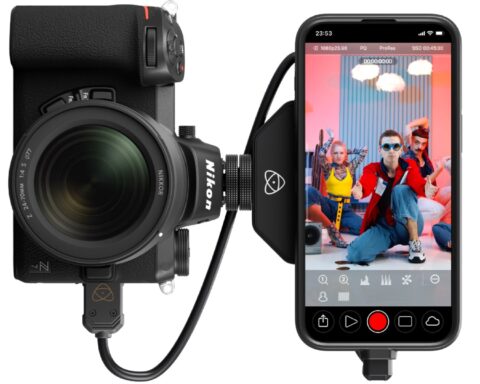

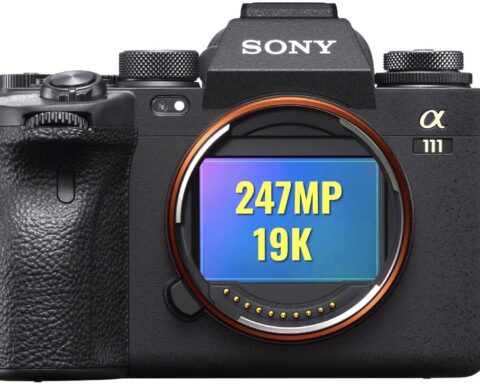
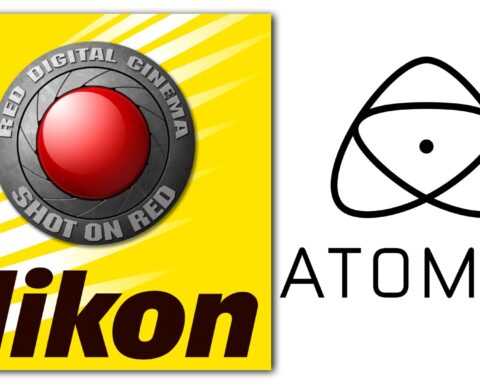


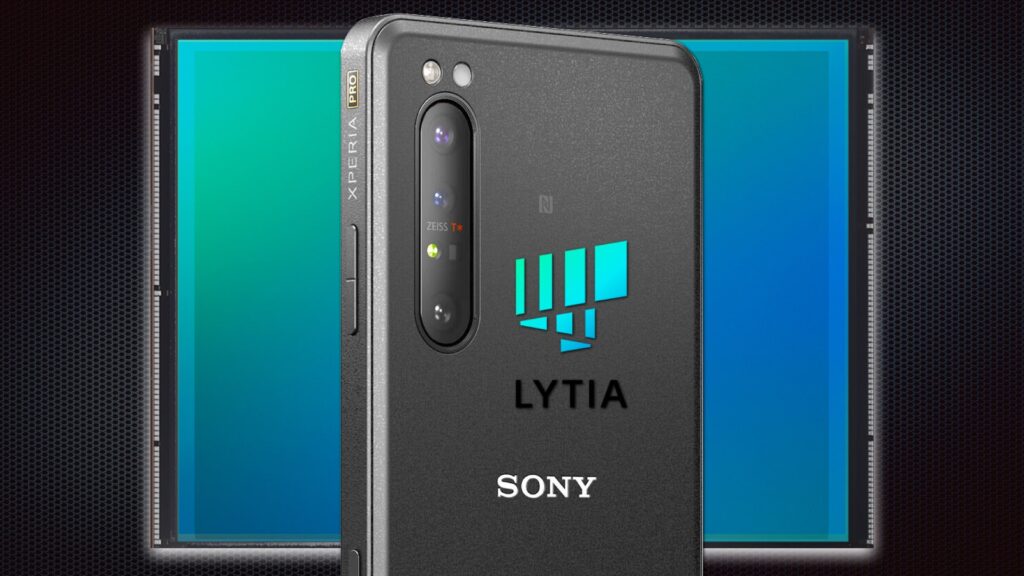

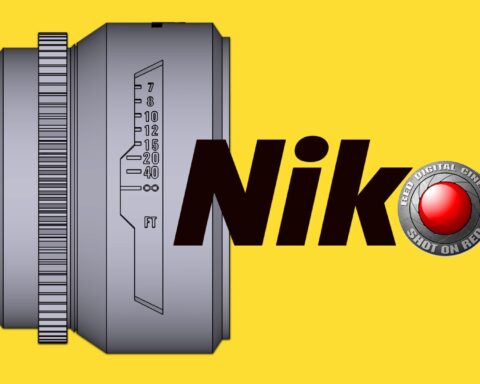
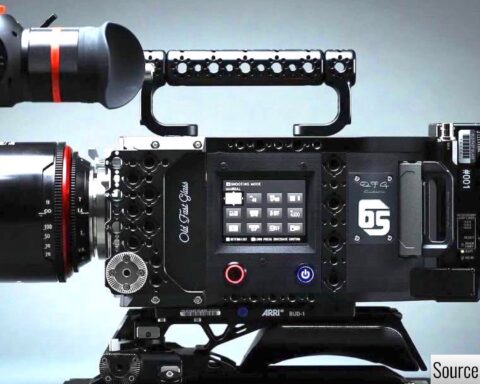



Wow! Can’t wait to see this in action these are dreamy specs. So far as they live up to the hype and are included in equally efficient cameras, I’d be interested in any product with such fantastic capabilities.
…please have a look at our 8K S35 60fps Global Shutter camera!https://www.ioindustries.com/8ksdi-features
Designed as a POV camera for live entertainment / sports broadcasting, but can be paired with deck recorders for production work.
email sales@ioindustries.com for more info.
i’m calling cap
Why is Yossy drawing ATOMOS logo on a 250MP canon sensor and saying its the Atomos chip ? This is such a misleading lie… geez man. Do not make stuff up if you can not secure your own information!!
It’s just for illustration purposes (and I think it’s a Gpixel sensor).